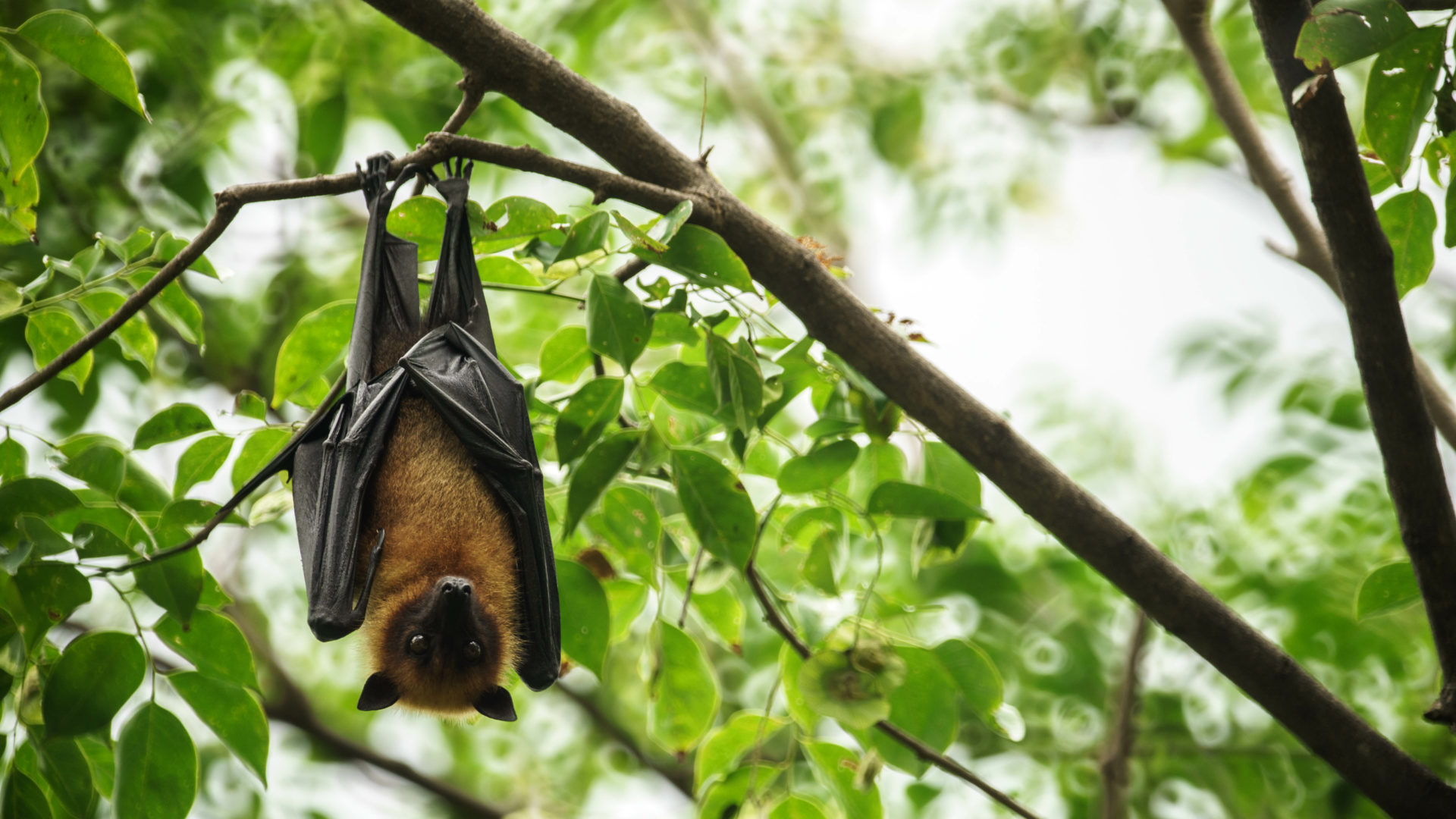COVID-19: Pandemics and Population Growth
Written by Marian Starkey, Vice President for Communications | Published: March 20, 2020
All any of us are reading about these days is the novel coronavirus, COVID-19. The Democratic Primary? Harry and Meghan ditching their royal crowns and moving to Canada? It truly seems as if those previously all-consuming stories have been forgotten and replaced with articles about TP altercations, sports cancellations, and how ineffectively we’ve been washing our hands our entire lives. Heck, Tom Brady was even able to announce his departure from the Patriots without much of an internet fuss.
Since we’re all up to our bloodshot-glued-to-screens-eyeballs in news about how quickly this virus is spreading and the myriad ways our lives will continue to be affected by isolation orders from governors and the CDC (although not so much from our commander in chief), this post doesn’t cover any of that. Rather, it looks at how we got here in the first place—all the way back to how the first people contracted what we now call COVID-19.
Basically, we’ve treated animals terribly for all time, and every now and then it bites us. This time it has drawn blood.
Sonia Shah, author of Pandemic: Tracking Contagions from Cholera to Ebola and Beyond, said in an interview with organization Direct Relief:
Ebola, Zika virus, SARS, West Nile virus—there are any number of novel pathogens that have emerged in the past few decades that come from the bodies of animals.
Animals and people are coming into new kinds of contact because of a variety of reasons, the biggest one being that we are essentially destroying so much wildlife habitat.
What that means is a lot of animals are going extinct, but the ones that remain have to crowd into ever-tightening little patches of habitat that we leave for them. That’s more frequently not in some distant, intact forest. Instead, it’s our farms and gardens and our towns and cities.
We humans have pushed our way into all types of habitats, forcing interactions with wildlife that harm them and us; gathered up the exotic species that people will pay top dollar to eat and stacked them in cages to bleed and defecate on each other in wet markets; and farmed them in cruel, unsanitary conditions that allow livestock feces to find its way into our food and water.
Mad cow? I’d say more like mad human.
Why are we pushing into wildlife habitats? Because we need more space to build communities, more natural resources to sustain our lives and livelihoods, more wild game to feed more people. In short, because of rapid human population growth. Which is the same reason we’ve taken to farming livestock in such horrific conditions. We’re no longer eating meat produced at our local family-run farm. We’re eating meat that’s been factory farmed, sometimes thousands of miles away, in huge, depressing feedlots—because that’s the only way to produce enough of it for our massive population, which still grows by 80 million people a year.
As you stream live concerts, organize your sock drawer, again, and wash your hands until they chap, remember that we got ourselves into this mess, and with the right amount of determination we can prevent global pandemics like COVID-19 from continuing to happen for all of the rest of time. What we have to do:
- Give every person, everywhere, access to affordable contraception. This will slow the growth of the human population by allowing people to exercise their reproductive rights. Win-win.
- Start treating animals with respect. Slowing habitat loss, cracking down on illegal poaching of exotic species, and employing sustainable farming practices are strategies that will prevent zoonotic diseases from infecting humans.
In the meantime, stay home and wash your hands!

